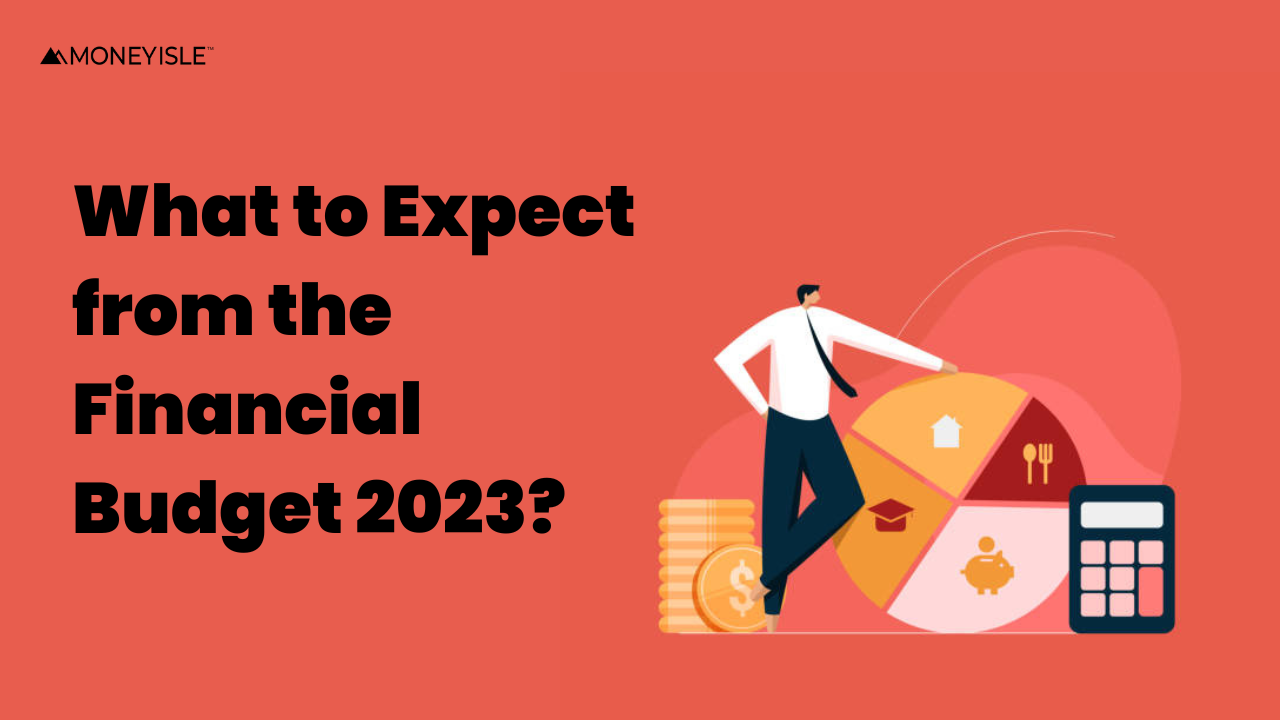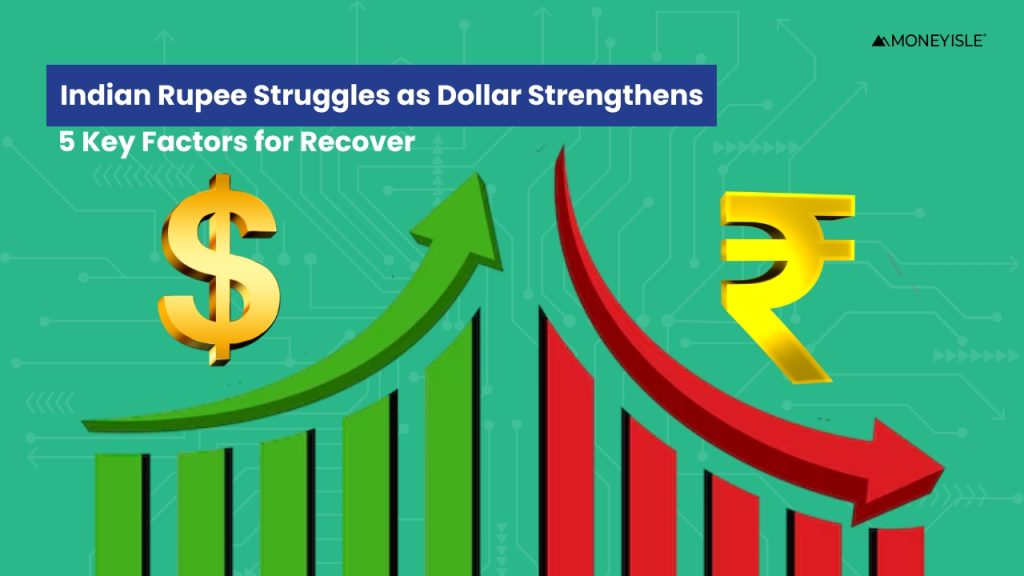The financial budget for 2023-2024 is around the corner and everyone has associated certain expectations with the budget.
From corporate barons, investors, and traders, to common man and woman, everyone is looking forward to the budget with great hope, expecting tax reliefs, industrial reforms, and overall, an investor-friendly budget to take India forward.
The forthcoming budget will be tabled in the parliament on February 1st this year and the preparation regarding the same is going in full swing. The timing of the budget is also crucial as it will be the NDA government’s last full-year budget ahead of the 2024 Lok Sabha polls.
The finance minister is also expected to address key issues of both personal finance and macroeconomy. This year, the possibility of surprises and twists in the budget can’t be ignored!
This post is a comprehensive outlook of the expectations from the financial budget for 2023.
Here Are Some Key Expectations from the Union Budget 2023
1. Change In Income Tax Slab And Regime
The Indian middle-class segment is eyeing income tax reliefs as they have to simultaneously fight the odds of rising inflation and low salaries. The situation has turned worse due to the COVID-19 pandemic, ensuing lockdowns, low industrial activities, and now, the looming threat of recession!
Taxpayers are hopeful that the government will increase the basic annual income tax exemption limit from Rs. 2.5-lac to Rs. 5 lac per annum.
Also, tax experts feel that 30% tax on income above Rs. 10 lacs PA should be reduced to 25%. The government should set the highest tax slab’s threshold limit to Rs. 20 lacs per year.
Another big concern for taxpayers is choosing between the two tax regimes—old and new. At the time of filing returns, it becomes quite confusing for the taxpayers to choose either of them. It makes the filing process even more difficult and complex. The government should do away with this system and instead increase the tax exemption limit, which can benefit all.
2. Revamping the Standard Deduction Limit
At present, taxpayers and salaried individuals are entitled to receive a tax exemption of up to Rs. 1.5 lakh under section 80C. Apart from section 80C, taxpayers can also save an additional Rs. 50,000 under Section 80CCD by investing in NPS (National Pension Scheme). But salaried class people are expecting some more addition to the exemption limit as it would enable them to save more and invest more.
The government should at least increase the yearly contribution under section 80C and Section 80CCD to Rs. 2 lacs and 1 lac per year, respectively. Increasing the ceiling limits and investing in NPS would enable more investors to participate in the stock market through appropriate investment tools and options.
3. Sops for Homebuyers
This year, homebuyers can expect some increase in their yearly tax rebate. From the existing Rs. 2 lakh tax rebates on housing EMIs, it might be doubled to Rs. 4 lacs per year.
Indirectly, it can boost India’s real estate sector as more and more people would be encouraged to buy a house through home loans and EMIs.
4. Revamping the Capital Gains Tax System
The current capital gains tax regime needs a big change. Before every budget, investors bat for a simple Capital Gain Tax (CGT) regime instead of the existing one, which has multiple clauses and rules.
At this year’s financial budget, the government is expected to come up with a simple capital gain tax code, which would address the concern of both short-term and long-term investors.
As per the existing capital gains tax code, the holding period plays a crucial role in determining whether a particular profit should be deemed as long-term capital gains (LTCG) or short-term capital gains (STCG). Interestingly, the profit you gain from selling the same asset can be classified as LTCG or STCG, depending upon the holding period.
According to tax experts, it needs to be modified. It should be two years for STCG in the case of selling financial products like gold ETF, bonds, and debt funds. And for LTCG, the holding period has to be increased, especially for investors looking forward to buying buildings, land, and properties.
5. Tackling The Country’s Growth and Inflation
In the backdrop of the coronavirus pandemic, the forthcoming Union Budget is also likely to revamp India’s healthcare infrastructure, with special emphasis on non-metro and non-capital cities.
Apart from addressing these concerns, the financial budget for 2023 is also likely to shape the country’s economic growth and development. Also, don’t forget that there is an underlying connotation of retail inflation, which currently stands at 5.88%. The biggest problem for any growing economy is battling the irony of rising inflation and taking the nation forward.
If the country has to grow, an increase in its consumption level is vital. But increased consumption can also lead to inflation when the value of the currency goes down. It means with the same amount of money; a customer would now buy less than what they did earlier. Thus, the government has to come up with a robust economic plan to curb the inflationary pressure in the country.
But the low GDP growth in the last quarter of 2022-2023 (July–September) has added a new dimension to it. According to RBI sources, the Indian economy touched a GDP growth rate of 8.7% in FY 2021–2022, which has now come down to just 6.4%.
The government has to address all concerns simultaneously—low GDP growth, unemployment, increase in retail inflation, and also the constant rise in the price of LPG gas in its forthcoming budget session.
Summing Up
The biggest challenge for the finance ministry at the time of the budget announcement is to make everyone happy without halting the nation’s pace of development and growth.
It would be interesting to see what the Union Budget 2023-24 has in store for all of us. Will it be a populist one to placate the concerns of both investors and taxpayers or a tighter one that focuses solely on increasing the government’s revenue and narrowing down the fiscal deficit? Well, only time knows it!











